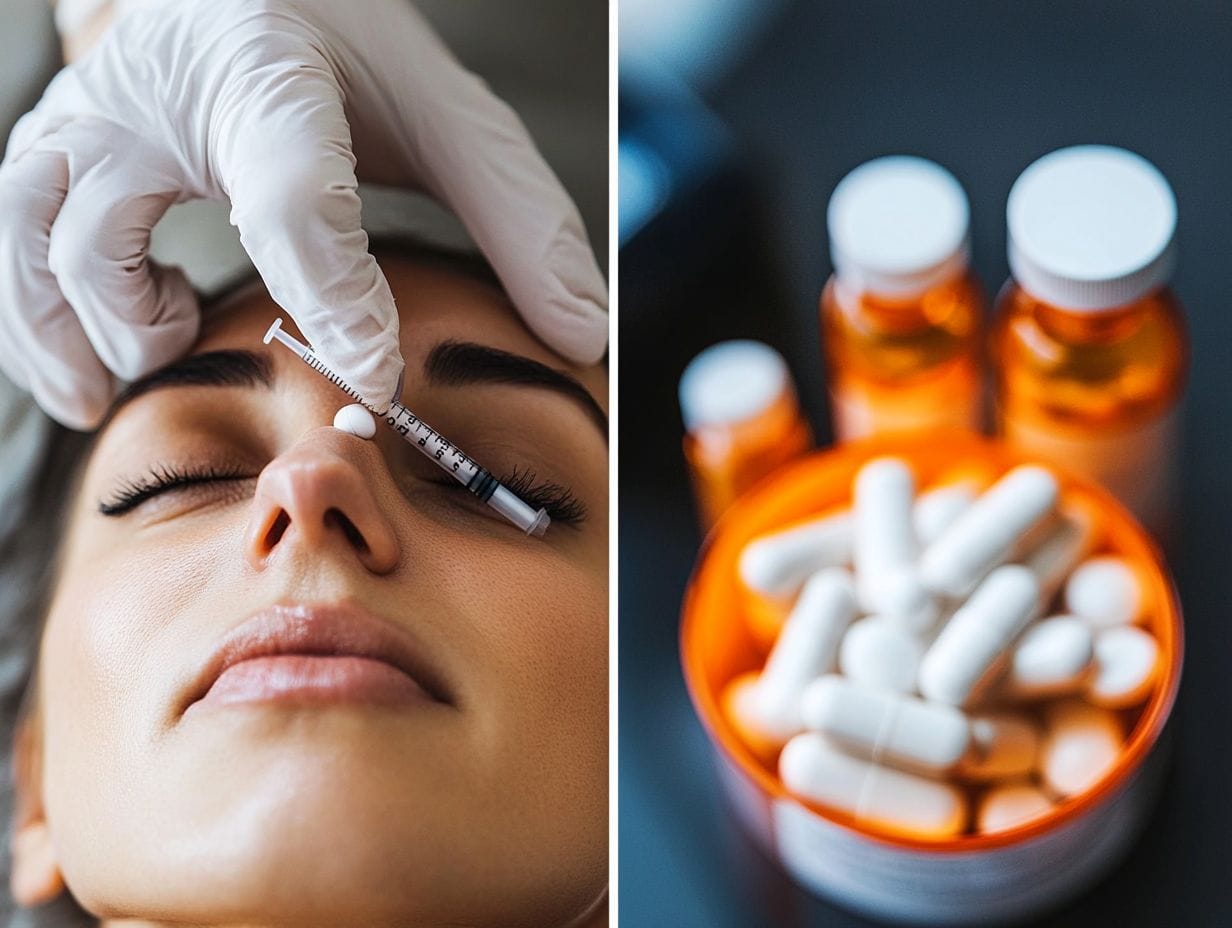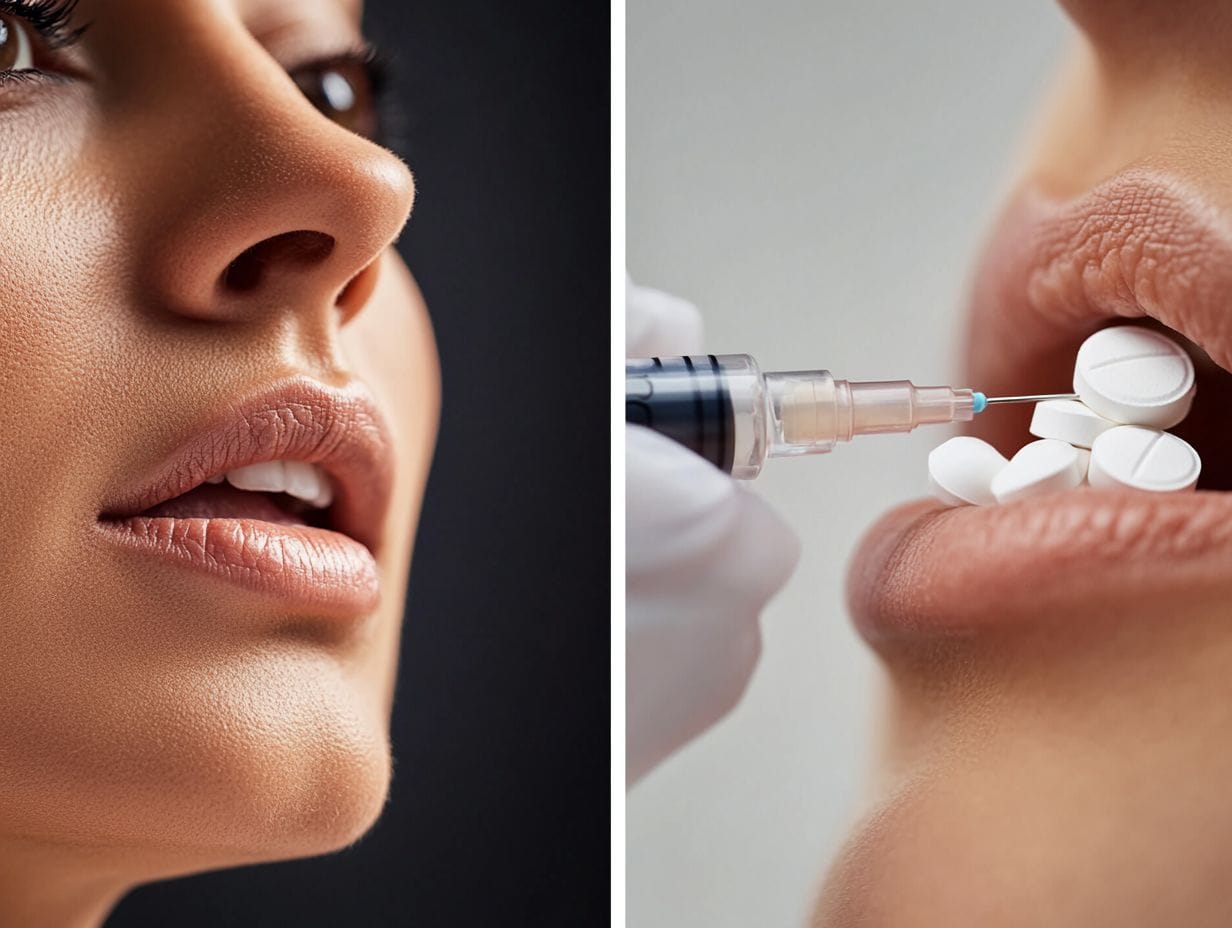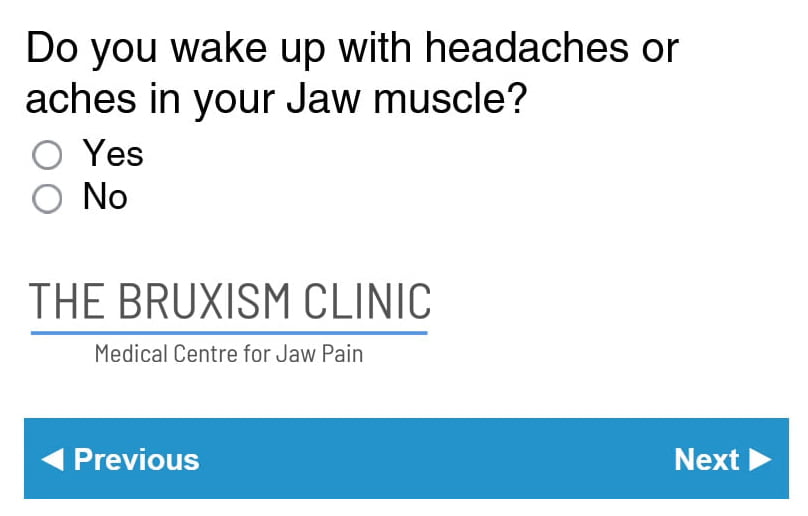Bruxism, the often-overlooked condition marked by teeth grinding and jaw clenching, can lead to discomfort and long-term dental issues if left untreated. Understanding its symptoms and effects is crucial for finding effective solutions. This article explores how Botox can provide relief by targeting the overactive jaw muscles, along with considerations for choosing the right clinic […]






 Identifying the symptoms of bruxism is essential for early intervention. Common signs include teeth clenching, jaw pain, facial discomfort, and persistent headaches, all of which can significantly disrupt daily activities.These symptoms, frequently reported by patients during consultations, may lead to considerable discomfort if not addressed promptly. Individuals often experience soreness or tightness in their jaws upon awakening, which may indicate nighttime grinding or clenching.During dental evaluations, practitioners typically employ dental X-rays to uncover any underlying issues, such as tooth wear or damage.Additionally, patients may report increased sensitivity in their teeth, a condition that can arise from excessive pressure on the enamel. By understanding these various symptoms, healthcare professionals can offer more effective treatment options that target the root causes of bruxism.
Identifying the symptoms of bruxism is essential for early intervention. Common signs include teeth clenching, jaw pain, facial discomfort, and persistent headaches, all of which can significantly disrupt daily activities.These symptoms, frequently reported by patients during consultations, may lead to considerable discomfort if not addressed promptly. Individuals often experience soreness or tightness in their jaws upon awakening, which may indicate nighttime grinding or clenching.During dental evaluations, practitioners typically employ dental X-rays to uncover any underlying issues, such as tooth wear or damage.Additionally, patients may report increased sensitivity in their teeth, a condition that can arise from excessive pressure on the enamel. By understanding these various symptoms, healthcare professionals can offer more effective treatment options that target the root causes of bruxism.
 Botox has emerged as a noteworthy treatment for bruxism, where targeted injections into the masseter muscle can effectively reduce muscle tension and provide substantial pain relief from jaw clenching.This non-invasive procedure involves a qualified healthcare professional administering small doses of Botox to the masseter, the primary muscle responsible for jaw movement. Patients typically experience minimal discomfort during the procedure, which generally lasts only a few minutes.Post-injection, individuals can expect to experience a noticeable relaxation in the jaw area, often resulting in reduced grinding and clenching. Many patients report an improved quality of life as associated headaches, facial pain, and sleep disturbances diminish, thereby enhancing daily comfort and mitigating the risk of dental complications associated with long-term bruxism.
Botox has emerged as a noteworthy treatment for bruxism, where targeted injections into the masseter muscle can effectively reduce muscle tension and provide substantial pain relief from jaw clenching.This non-invasive procedure involves a qualified healthcare professional administering small doses of Botox to the masseter, the primary muscle responsible for jaw movement. Patients typically experience minimal discomfort during the procedure, which generally lasts only a few minutes.Post-injection, individuals can expect to experience a noticeable relaxation in the jaw area, often resulting in reduced grinding and clenching. Many patients report an improved quality of life as associated headaches, facial pain, and sleep disturbances diminish, thereby enhancing daily comfort and mitigating the risk of dental complications associated with long-term bruxism. The benefits of utilising Botox for jaw tension are extensive, encompassing significant pain relief, reduced muscle activity, and enhanced jaw mobility. This treatment has become a preferred option for many individuals experiencing bruxism.In contrast to traditional interventions that often depend on mouthguards or pain medications, which may only offer temporary relief, this innovative approach directly addresses the underlying muscles responsible for jaw clenching. By administering
The benefits of utilising Botox for jaw tension are extensive, encompassing significant pain relief, reduced muscle activity, and enhanced jaw mobility. This treatment has become a preferred option for many individuals experiencing bruxism.In contrast to traditional interventions that often depend on mouthguards or pain medications, which may only offer temporary relief, this innovative approach directly addresses the underlying muscles responsible for jaw clenching. By administering 

